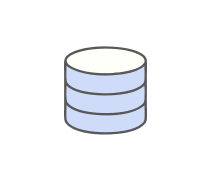Access & SQL - Quiz 1
- ISO/IEC 9075
- ANSI
2.
You may optionally provide this to label your report, leaderboard, or certificate.
×
Thank you for your feedback!
















